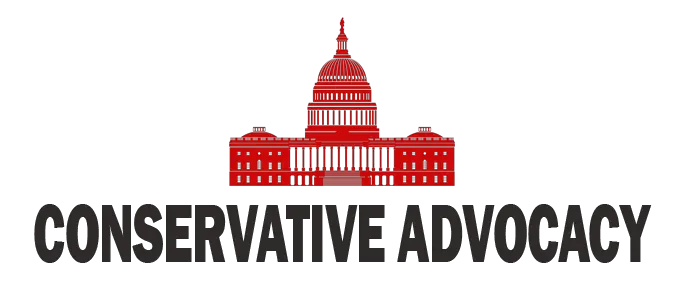In a historic and polarizing move, former President Donald Trump declared April 2, 2025, as “Liberation Day,” unveiling a sweeping set of tariffs aimed at reshaping the global trade landscape. Speaking from the White House Rose Garden, Trump announced a universal 10% tariff on all imports to the United States, with additional “reciprocal tariffs” targeting 90 nations deemed to have unfair trade practices. These tariffs, reaching as high as 50% for some countries, mark the most significant overhaul of U.S. trade policy in nearly a century. Trump framed the initiative as a declaration of economic independence, asserting that these measures would restore American industry and protect national security.
Trump’s rhetoric reflected his long-standing critique of globalization and free trade agreements like NAFTA and the WTO, which he blames for hollowing out America’s manufacturing base. He argued that decades of trade deficits have enriched foreign nations at the expense of American workers and industries. By imposing these tariffs, Trump aims to reduce reliance on imported goods, particularly in critical sectors like electronics and pharmaceuticals, while incentivizing domestic production. He described the initiative as a “rebirth” of American industry, promising it would create jobs and attract investment back to U.S. soil.
While supporters hailed the move as a bold step toward economic sovereignty, critics warned of dire consequences. Economists have raised concerns about inflation, with consumer prices expected to rise sharply on goods ranging from cars to electronics. Financial markets reacted negatively to the announcement, with global stock exchanges experiencing significant losses amid fears of a potential trade war. Key trading partners such as China and the European Union have already vowed retaliatory measures, escalating tensions and raising the specter of prolonged economic instability.
Despite these challenges, Trump remained defiant, emphasizing that short-term sacrifices were necessary for long-term gains. His administration projects that the tariffs will generate substantial revenue to fund infrastructure projects and tax cuts while leveling the playing field for American businesses. Trump’s supporters argue that his approach is a long-overdue correction to decades of economic mismanagement by previous administrations. Union members and blue-collar workers in attendance cheered his message, seeing it as a promise to revitalize industries that have been in decline for decades.
“Liberation Day” represents a defining moment in U.S. trade policy and a bold assertion of Trump’s “America First” agenda. While the long-term effects remain uncertain, this dramatic shift has already sparked fierce debate over its implications for both the U.S. economy and global trade relations. For Trump’s supporters, this is a necessary step toward reclaiming America’s economic destiny; for critics, it risks isolating the U.S. on the world stage. As the dust settles, one thing is clear: this move will shape political and economic discussions for years to come.




